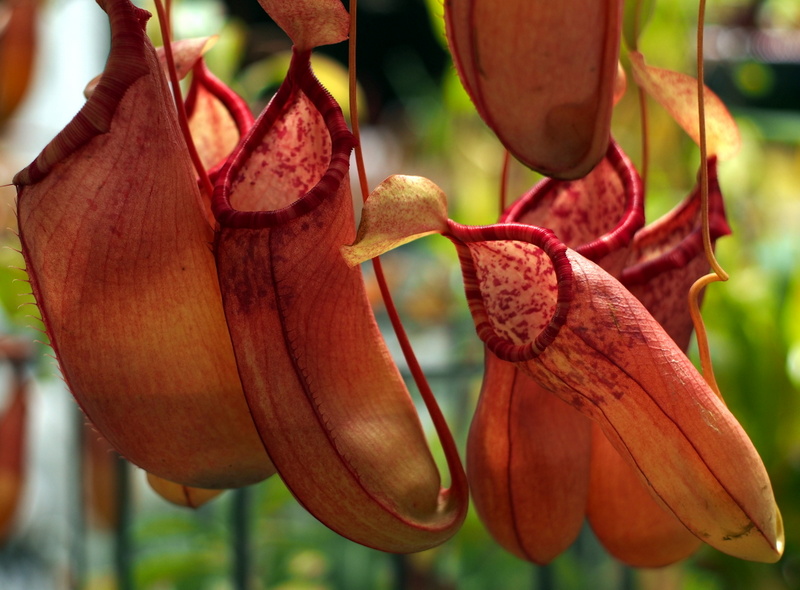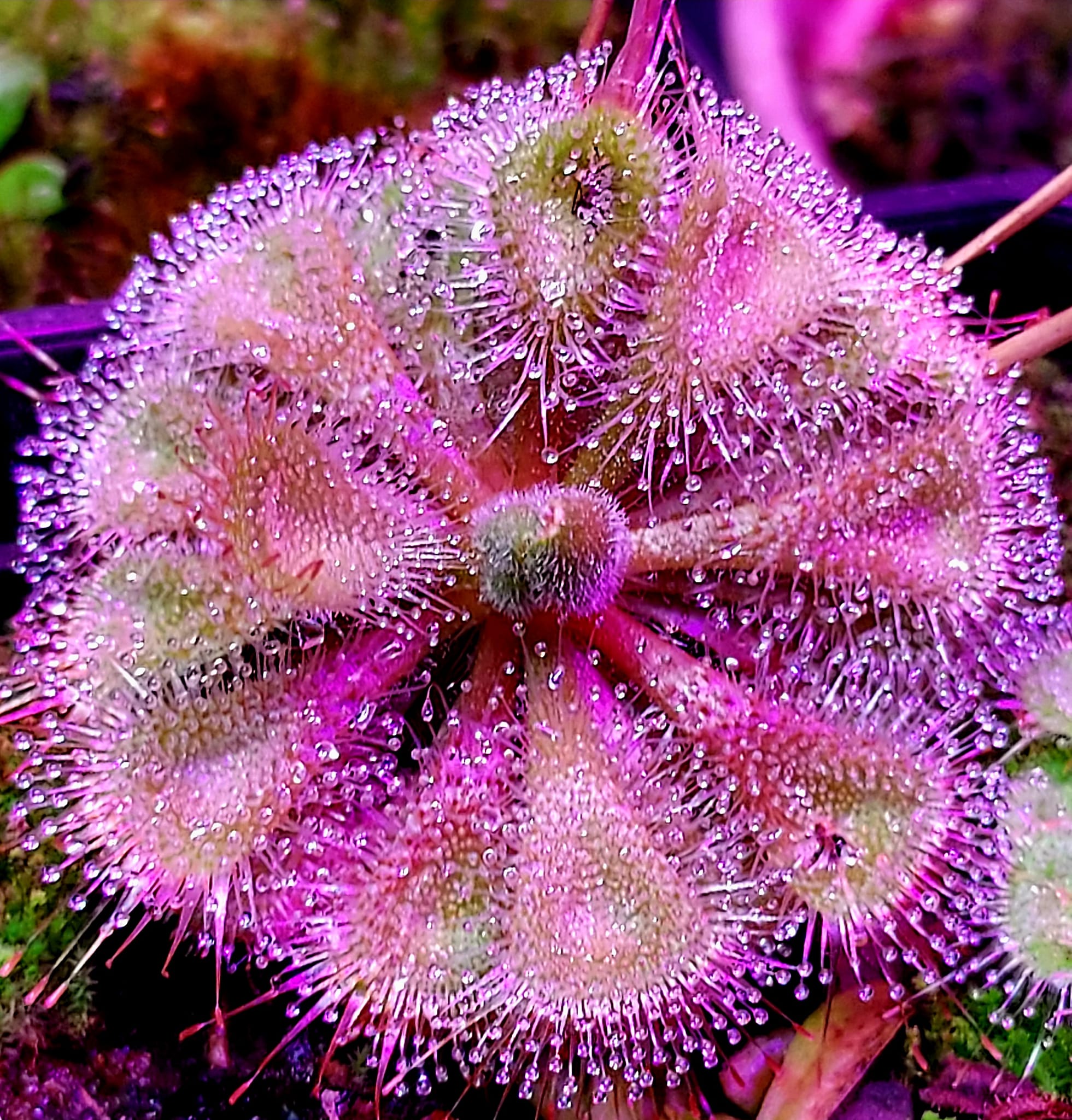Hungry Plants
Charles Darwin Venus flytrap illustration, c.1875 (credit: Public Domain)
Some plants are adapted to hostile environments, like bogs, that support few others. Such constantly soggy places are nutrient deficient, acidic, and lack dissolved oxygen, conditions unsuitable for most plants to grow. To survive, some species, from widely divergent genetic and geographic backgrounds, have evolved novel ways of surviving these limitations with physical and nutritional adaptations that are similar. They evolved to be carnivores. Charles Darwin was fascinated by carnivorous plants and drew them in his 19th Century studies of evolution.
Carnivorous plants attract their prey with sticky surfaces, trap doors that squash a bug, or deep pitchers where the unsuspecting critter, even small mammals, can crawl into but not out of. Some of these plants appear odd but are actually quite handsome including the temperate and tropical pitcher plants and the sundews. Temperate species are found in North America and tropical forms worldwide.



Temperate and tropical Pitcher plants, Sarracenia & Nepenthes (credit: SWP Media) and Sundew Drosera (credit: Wildflower Society of Western Australia)
Plant carnivores may be "little shops of horrors" to bugs but they are remarkable to discover in the wild, are fascinating, beautiful, and can be cultivated at home with attention to their peculiar grow requirements. WHB